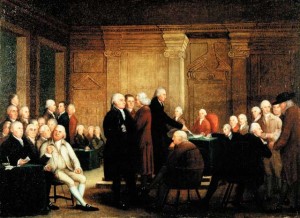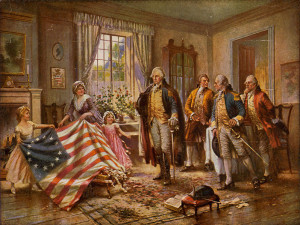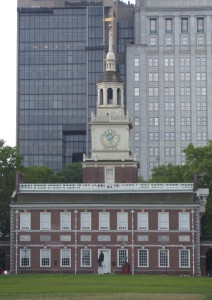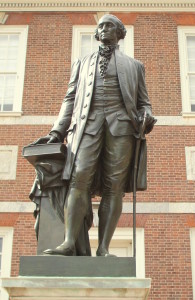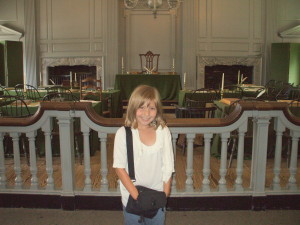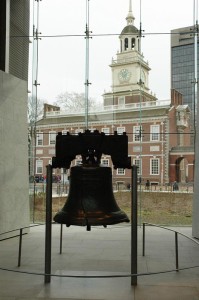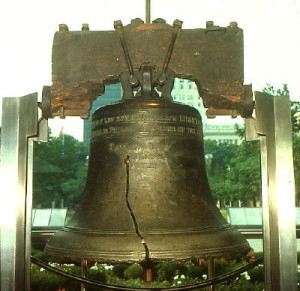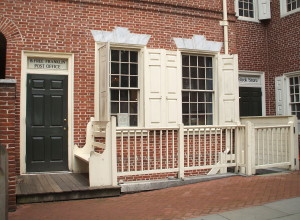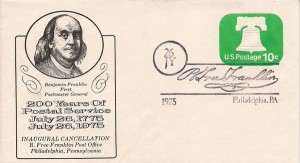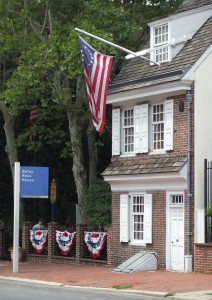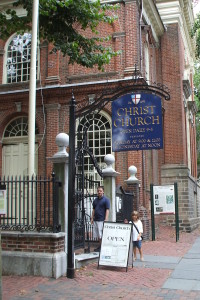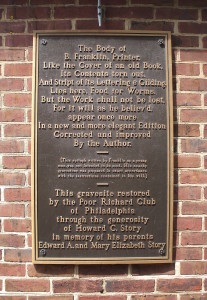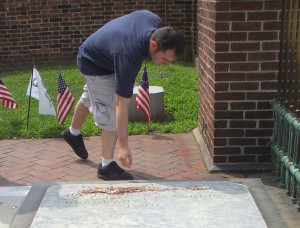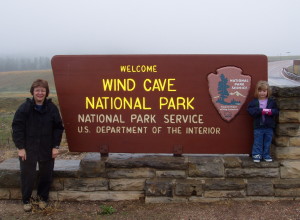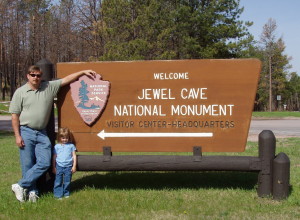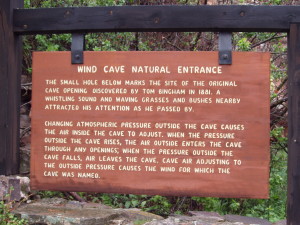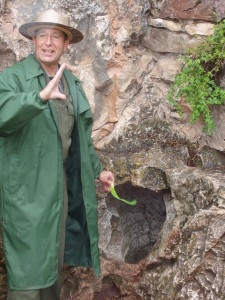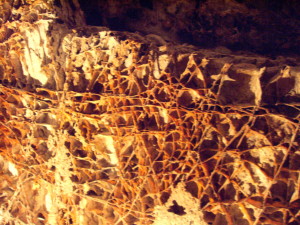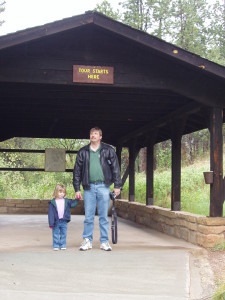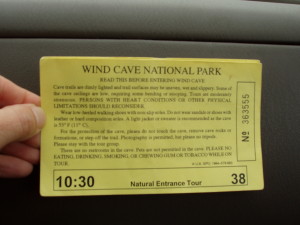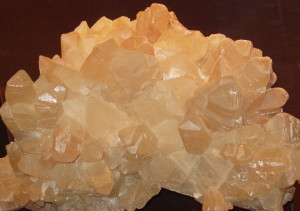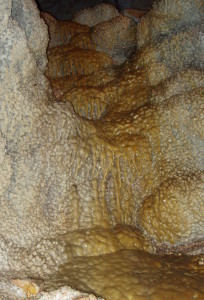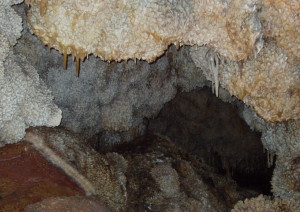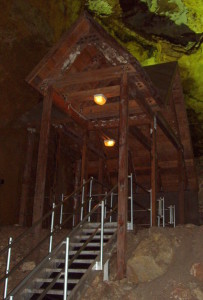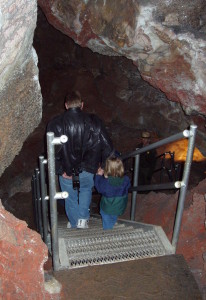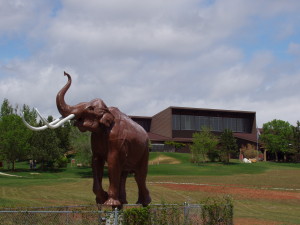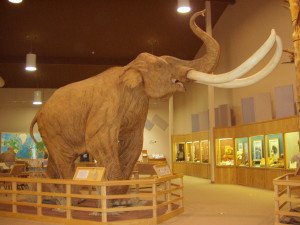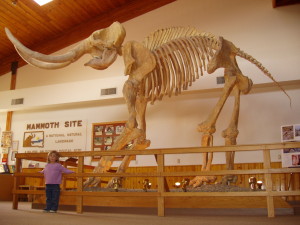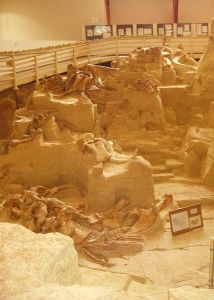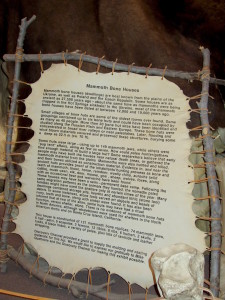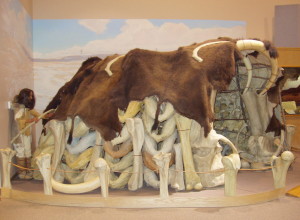Summer – time for the annual family vacation! We have been taking our children on trips since they were very small. We’ve gone on short weekend trips that are only a few hours from our house and longer road trips when we are gone for weeks at a time and we’ve even traveled by plane to the East Coast and also Hawaii. With any travel destination, we always start with a specific travel plan and over the years I have found that organization is the key and packing lists are very important. In this post I’m going to share some tips and offer some suggestions that I have learned over the years.
Road Trip
Tips and suggestions for a road trip –
- Start by cleaning out the car, then vacuum the floor and upholstery, wash the car.
- Get a car tune-up, check the oil level and fluid levels, check the air pressure in the tires, replace the windshield wipers if needed, fill the car with gas.
- Have these items handy – a flashlight, first aid kit, a fire extinguisher, road flares and booster cables.
- Store a roll of paper, hand wipes, hand sanitizer and a box of tissues for easy clean-ups during the trip and bring a couple of plastic shopping bags for trash.
- Pack a cooler with healthy snacks such as water and juice, string cheese, fruit, carrot sticks. Also bring snacks like goldfish crackers, raisins, fruit rolls – whatever the family likes to eat.
- Shop ahead for small toys or a new book, movie, video game, CD or borrow a library book-on-tape to keep the kids occupied during the trip.
- Pack a couple of blankets and pillows for naps in the car.
- Allow time during the trip for visiting tourist attractions along the way.
- If you know there will be toll, be sure to have dollar bills and coins handy for the toll booths.
- Get an early start, the kids can fall back to sleep for a few hours.
- Give each child their own backpack, have them pack it with their toys and comfort items.
Suggested items to include in a road trip activity bag –
- Portable IPhone, Android phone, IPhone, Kindle or Tablet with music and audiobooks downloaded. (Don’t forget the headphones)
- Portable electronic games.
- Activity books, sticker books, etc. (Don’t forget to bring colored pencils or washable markers; they are better than crayons that can melt!)
- Simple and inexpensive items for activities – a bottle of bubbles, colored pipe cleaners. (for creating shapes and even jewelry such as: rings, bracelets, necklaces)
- A large inexpensive cookie sheet and a bag of magnetic letter, numbers and fun shapes.
Suggested items to bring for the hotel room –
- An extension cord – for those inconvenient electrical outlets.
- A couple of electrical outlet covers – to childproof the room.
- A nightlight – in case the kids wake up in the middle of the night.
Plane Trip
Tips and suggestions for a plane trip –
- Try to book a nonstop flight if possible; this limits the number of flights which could be good for two reasons. First, sometimes cabin pressure changes can be uncomfortable on take-off and landings. Second, this will avoid the hassle of getting on and off planes and carrying luggage through the airport for connecting flights.
- On the other hand, some times on longer domestic or international flights, it might be a good idea to schedule a layover for the kids to burn off some of their energy by running around and their legs.
- If you need to book a connecting flight, allow at least an hour between connections, this will give extra time in case of flight delays. (nobody wants to run through an airport with luggage and kids from one airport gate to another with only minutes to catch a connecting flight!)
- Take advantage of early boarding, (and if there is no assigned seating) it is a good way to select seats in a preferred area, have the kids settled and if you are using a carseat it can be fastened into the plane seats before the other passengers board the plane.
- Some parents highly recommend front-row seats known as bulkhead seating. The advantages are extra legroom and the seats are usually close to the restrooms but the disadvantages are that there is no under-seat storage and carry-on bags need to be stowed in the overhead compartment for takeoff and landings.
- Prior to the trip, be sure to talk to your kids about the travel plans; discuss where you are going, what you will see and most importantly what to expect on the plane ride.
- Prior to an airplane flight, it is a good idea to have your child’s ears checked for any possible ear infections because if undetected it could be very painful on the plane takeoff and landing, and it might be possible that the trip would have to be delayed until the infection is gone.
- Prior to the flight, if you are using a carseat or booster seat, be sure that it is meets airline regulations.
- Before the flight or if you are waiting for a connecting flight, let the kids get our all their excess energy. (maybe you will be lucky and the kids will be so tired that they will take a nap once you are on the plane!)
- During the flight, keep the kids busy and entertained with items from a carry-on bag. Be sure to answer their questions and have them look out the window to play the “I spy” game.
- When the plane lands, think about waiting for the other passengers to leave the plane. It will take time to gather items and, if you are using a car seat, to unfasten it from the plane seat.
Suggested items to include in a carry-on bag –
- A backpack is a good choice for a carry-on because it will keep hands free to hold hands with your child. Whatever bag you select, always check to see that it will meet airline regulations.
- Pack a change of clothes for your child in case of spills or other accidents; don’t forget a set of clothes for yourself. Planes can also be chilly, so be sure to bring a sweater or jacket.
- Pack some healthy snacks in resealable plastic bags, such as: cheerios, goldfish crackers, pretzels, peanuts or raisins. Airport food can be very expensive and it is a good idea to have something the kids will like to eat in case of delays.
- Toss in a couple of different sizes of plastic zip-lock bags to store dirty clothes, etc.
- In case of emergencies, have your kid’s pediatrician phone number and insurance information handy, it is also a good idea to have your kid’s immunization record. Keep any medicine your child is currently taking in your carry-on, stored in the original container, because in case of flight delays you will have it accessible.
- Please refer to the activity bag list above for items to keep your child busy and entertained.

